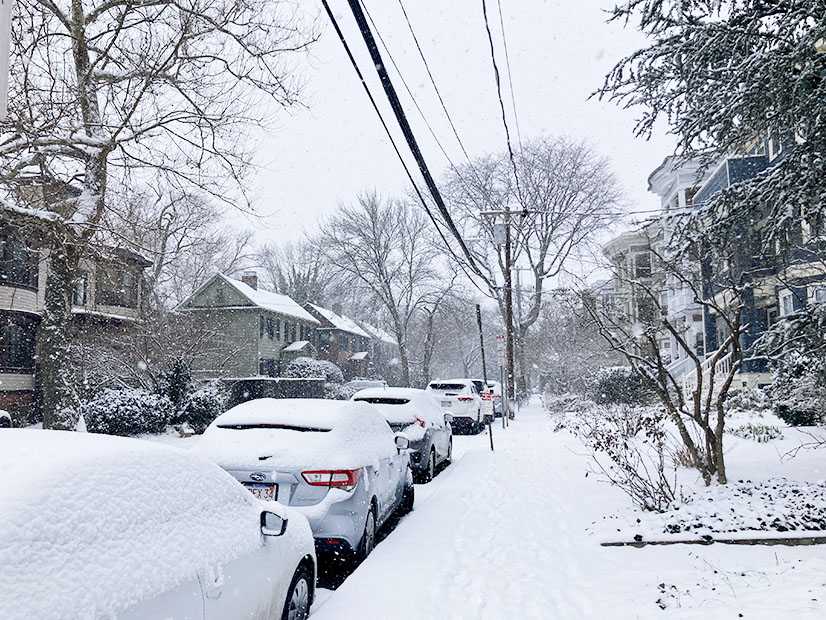ISO-NE projects shortfall risks from extreme weather events to be manageable this winter and expects market mechanisms to provide relief by encouraging fuel conservation and replenishment, the RTO told the NEPOOL Participants Committee on Nov. 7.
The shortfall assessment modeled “four representative extreme 21-day events” using the RTO’s recently developed probabilistic energy adequacy tool (PEAT). This winter marks the first season ISO-NE has incorporated the PEAT into its seasonal outlook. The modeled events are meant to assess the worst-case conditions for the system, “characterized by periods of extreme cold temperatures, low winds and low solar irradiance.”
For each event, ISO-NE looked at how varying levels of fuel inventories, fuel prices, generator outages and imports would affect shortfall risks. The modeling showed a limited amount of shortfall associated with the extreme events on average, with a 244,353-MWh 21-day energy shortfall shown for the worst-case scenario, with a 0.000031% probability.
“ISO expects these shortfalls are manageable and that market-based incentives will provide relief in the form of market response, including the use of opportunity costs in energy offers and fuel replenishment,” said Vamsi Chadalavada, ISO-NE chief operating officer.
“If necessary, the ISO would implement additional preventive operational measures such as reducing exports [and] scheduling additional imports, seeking waivers of emissions or air permit limitations, [and] conservation appeals,” Chadalavada added.
According to data from the National Oceanic and Atmospheric Administration, New England faces a 33 to 50% chance of above-average temperatures this winter, with above-average temperatures more likely in the southern part of the region.
As carbon emissions drive higher temperatures, New England has warmed faster than the global average since 1900, and winter is the region’s fastest-warming season. Last winter featured the warmest December-February stretch on record in the Northeast, while the prior winter featured the third-warmest December-February period.
ISO-NE projects the winter peak load to be 20,308 MW under average conditions, about 39 MW higher than the RTO projected prior to the 2023/24 winter. ISO-NE’s more extreme 10th percentile forecast projects a 21,089-MW peak.
Chadalavada said there are “no significant generation or transmission outages” scheduled, adding that current fuel-oil inventories are about 48% of their maximum and the LNG tanks in St. John “are expected to be full heading into the winter.”
He said the Everett Marine Terminal may be available to meet generation demand but noted ISO-NE has less insight into the availability of the facility after the Mystic Agreement expired at the end of last winter. The facility now is under contract with gas distribution companies. (See Massachusetts DPU Approves Everett LNG Contracts.)
“Consistent with past winter seasons, the ISO assumes that approximately 3,900 [MW] to 4,800 MW may be at risk due to constrained natural gas pipelines,” Chadalavada added, noting that the RTO will “continue to monitor natural gas deliverability throughout the winter.”
ISO-NE will have its inventoried energy program in place for the upcoming winter, which compensates generators for keeping up to 72 hours of stored fuel throughout the winter. The RTO has not indicated whether it plans to extend the program beyond the 2024/25 winter.



